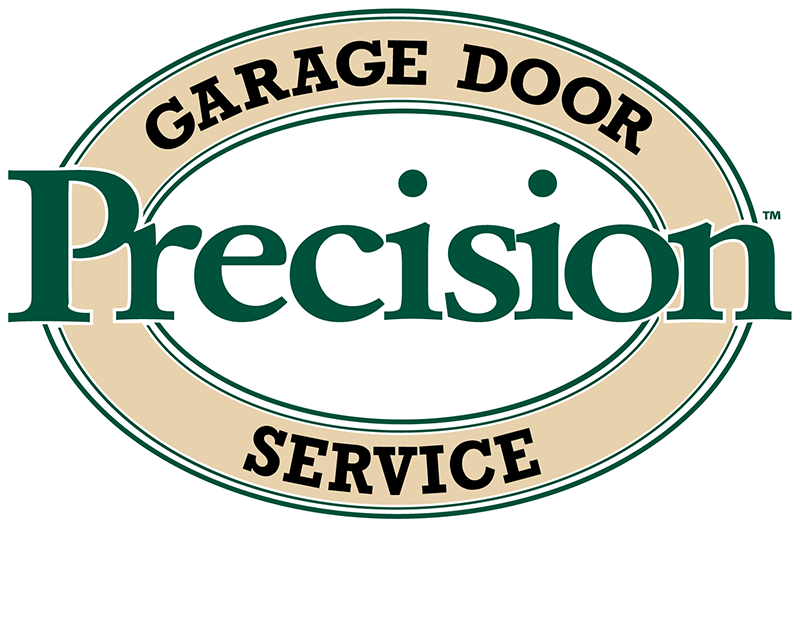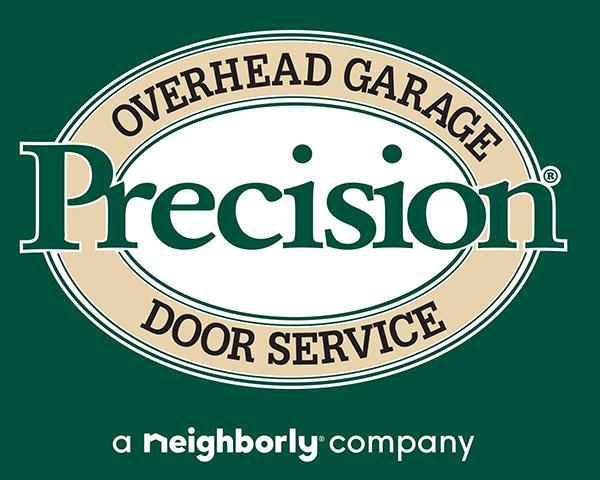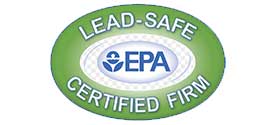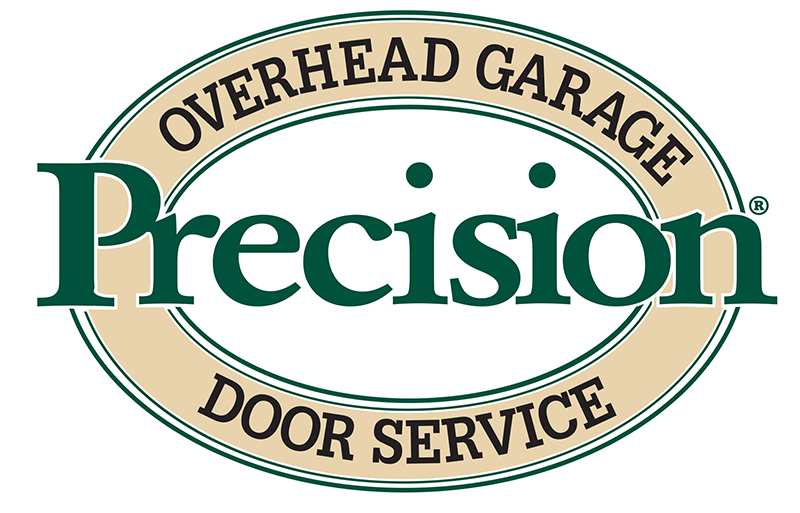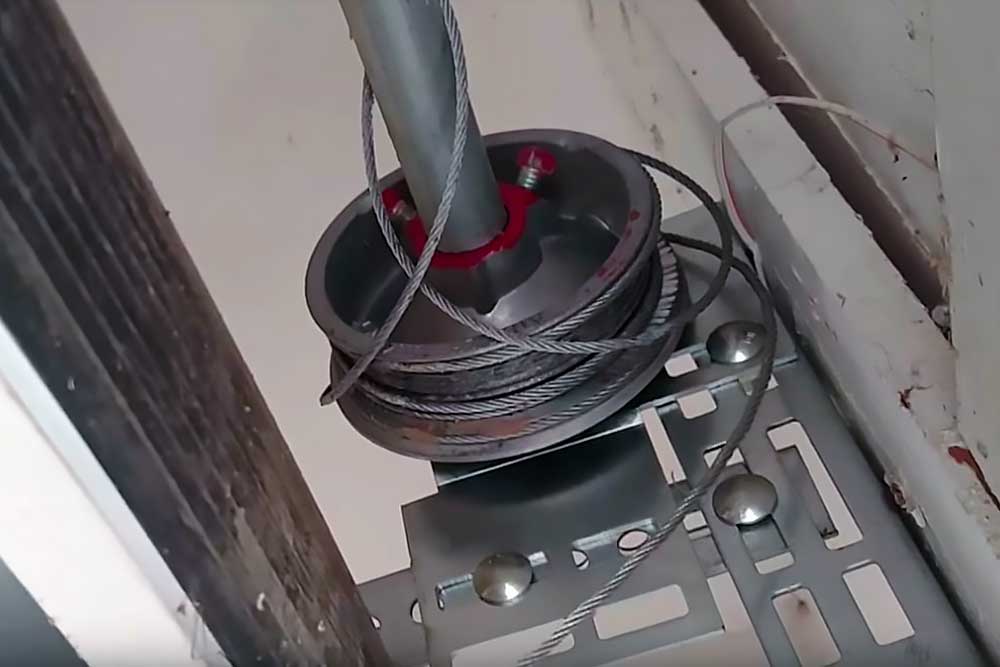
Nothing Makes Sense Without These Garage Door Components
Finding your garage door in any other state than working is a cause for concern. Nothing will get that door back in order except for the work of professionals who understand about the new garage door. You should have that understanding also, but it’s going to take a moment to read and catch up. Making sense out of your garage door is about knowing how it operates. The science is simple though the pieces might look complicated. What you learn now will change your view and help you to see that your garage door isn’t playing tricks on you. It just might need a few small adjustments or a garage door installation.
Torsion Springs
Cable drums and high torsion springs help your door to align properly after garage door repairs. The side railing of a roll-up or fold-up garage door uses an exact measure for vertical clearance. The measurement used is equal on both sides of the garage’s opening for new installations. This structure helps to keep the door moving as one assembly without any side having dominance when being pulled down or up. Having one side fall or rise faster than the other could lead to the entire process getting stuck. The constant pressure of torsion springs creates a counterbalance to the changes in weight. This countering steadies the garage door for a smooth performance.
Lubrication
Metal, when it slides against other metal, will need to be lubricated for the best performance. A slowed opening or a lot of squeaky noise could be a case where your door lacks lubrication. The simple answer is oil during repairs and installations for garage doors. The thin layer of synthetic petroleum is used on the surfaces of metal to stop them from directly shearing against each other. You can look for signs of dark contents on the surface of tracks and panels. This buildup is a result of dirt that hasn’t been washed while the layer of oils used before have faded away.
